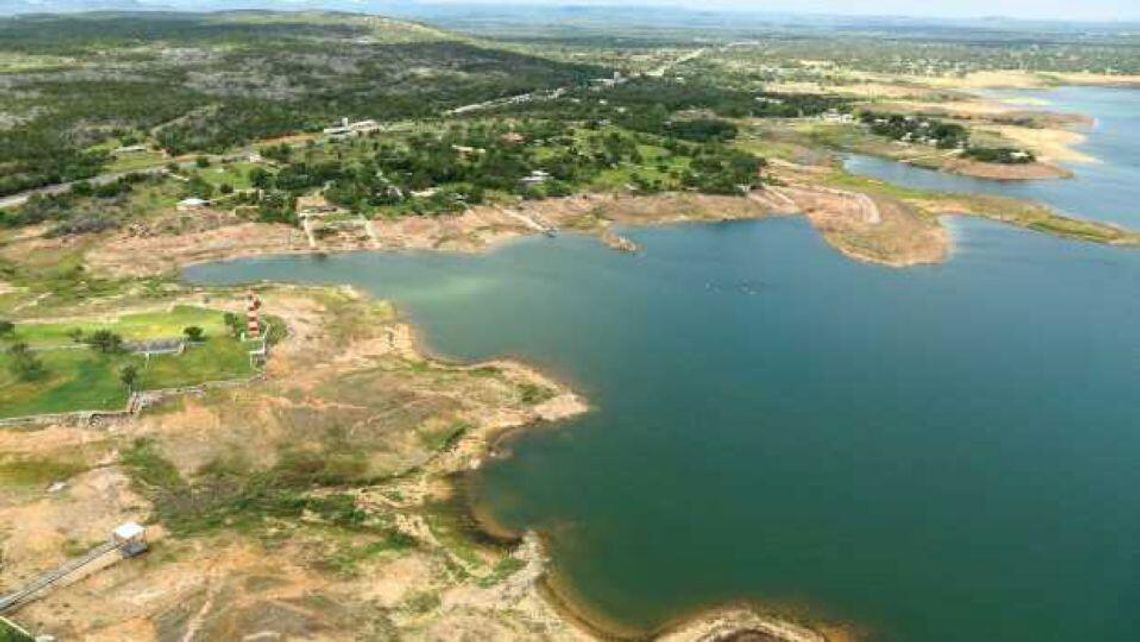As the drought continues, the Lower Colorado River Authority will continue its long-standing practice of using its enforcement discretion to allow vehicles to drive across parts of the dry lakebed owned by LCRA, as long as the vehicles do not cause a public safety or environmental impact at Lake Buchanan.
Much of the land below the 1,020 feet above mean sea level at Lake Buchanan is owned by LCRA.
“We’ve heard a fair amount of chatter on social media that LCRA is changing its practices regarding driving in the lakebed, but that is not so,” said Tom Oney, LCRA executive vice president of External Affairs. “We are continuing to use enforcement discretion, meaning that during the ongoing drought, our LCRA Rangers will not ticket vehicles for driving on LCRA land in the lakebed – as long as the vehicle is not impacting public safety or causing water quality issues, and the occupants are not disturbing the peace.”
LCRA’s goal is to protect water quality and public safety, while at the same time allowing visitors to access the lake more easily.
“We understand people are using vehicles to reach the lake when the lake level is low, and that’s OK as long as water quality and public safety are protected,” Oney said. “We don’t want to issue warnings or formal citations, but we will if we encounter repeat violators causing safety or water quality issues.”
Oney also noted LCRA has used the same enforcement discretion during earlier droughts.
“We want visitors to know the rules ahead of time,” he said. “This is not a new rule and not a change in our activity. This is a fact of life on the Highland Lakes.”
LCRA also strongly advises against entering on to, or driving over private property, as entering or driving over privately owned land could be considered trespassing.
Driving on the dry lakebed at Lake Buchanan is permitted under specific conditions.
During current drought, driving on LCRA-owned land in the lakebed is allowed as long as vehicles don’t cause public safety hazard or environmental impact
- 03/27/2025 09:58 AM
- Source: Lower Colorado River Authority


